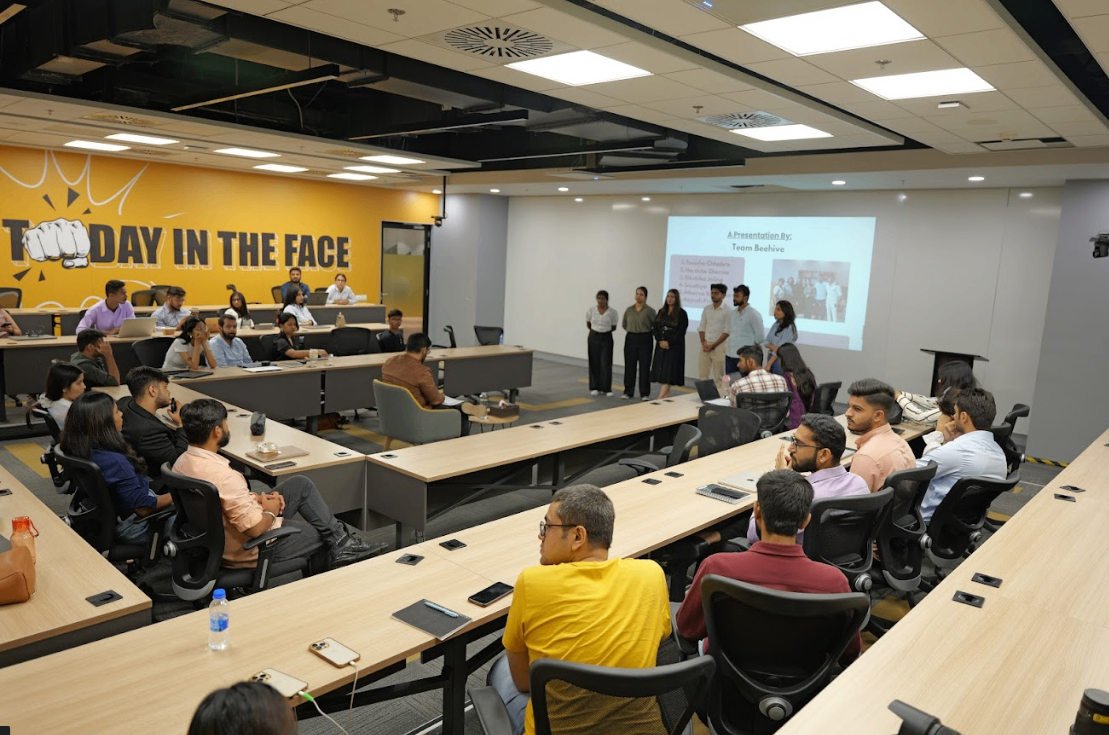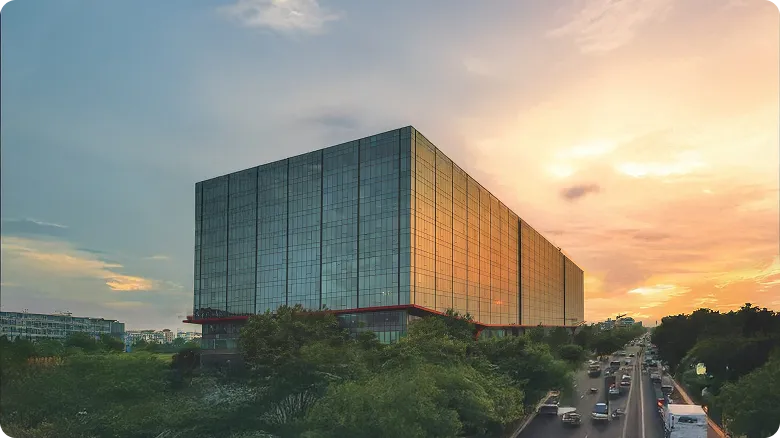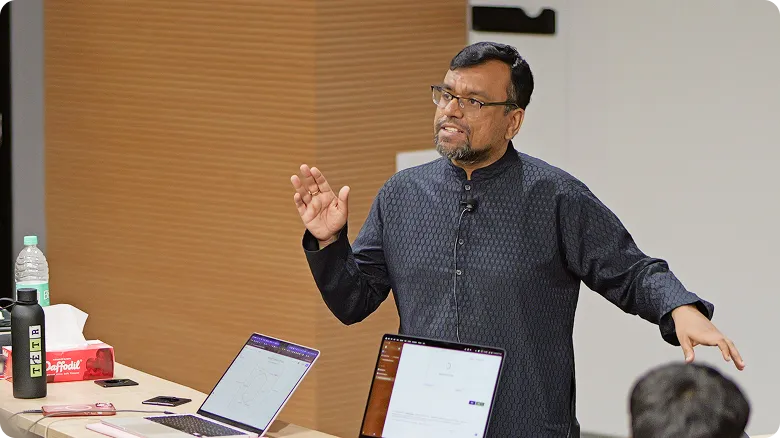Undergraduate
Undergraduate (Global)
Postgraduate
Executive
Family Business
Careers
Innovations
Faculty
MU Ventures
Student Life
Jobs
Become a Master
events
For Companies
Blog
Business
Uber’s Strategic on Shifting to a Zero-Commission Subscription Model
March 11, 2025

The Indian mobility sector has been witnessing rapid changes in recent years, with technology platforms reshaping how people move across cities. A major development came when Uber introduced its subscription model for auto rickshaw services in India, replacing the traditional commission-based approach. This strategic shift not only changes the dynamics for drivers and riders but also provides valuable lessons in platform economics, competitive positioning, and regulatory adaptation.
For aspiring business leaders, Uber’s move represents an important case study in how large-scale platforms adapt to local markets. By observing such transitions, one can better understand pricing innovation, customer behavior, and competitive market responses.
Understanding the Zero-Commission Subscription Model
Uber’s new model for auto rickshaw service in India works differently from the traditional ride-hailing approach. Instead of deducting a percentage commission from every ride, Uber now charges drivers a fixed subscription fee. In return, drivers keep 100% of the fare earnings from each trip.
This creates predictable revenue for Uber while offering drivers more control over their earnings. For riders, this model could potentially bring greater fare stability, although availability will depend on how widely drivers adopt the system.
Insights for students and future leaders:
-
Subscription-based frameworks can simplify disputes over commissions and earnings
-
Predictability in pricing structures helps retain partners in gig economies
-
Transitioning models must balance the interests of platform operators, service providers, and end consumers
Comparing Traditional Commission vs. Subscription
Commission-Based Model
- Uber deducts 20–25% per ride
- Drivers’ earnings fluctuate based on both demand and commission cuts
- Riders pay variable fares, depending on surge pricing and platform rules
Subscription-Based Model
- Drivers pay a flat fee upfront
- They keep all ride fares, boosting earnings predictability
- Riders may see steadier fares, though supply availability could vary
The contrast highlights how Uber subscription India could reduce driver dissatisfaction while testing a new profitability model for the company.
Competitive Landscape in India’s Auto Rickshaw Market
India’s urban transport system already has several players competing in the auto rickshaw service segment. Ola, Rapido, and traditional offline operators all hold significant ground. Uber’s decision to adopt a subscription-based structure introduces new dynamics.
Competitive Factors to Consider:
- Driver adoption and retention: Drivers must evaluate whether paying a subscription fee makes sense for their ride volume
- Rider pricing and experience: Stable fares could attract more riders, but supply depends on enough drivers joining the system
- Regulatory environment: With strict state-specific rules governing fares and welfare, compliance will be a constant challenge
- Competitive response: Ola and Rapido’s commission-based models may face pressure to evolve if Uber’s experiment gains traction
For students, this is a strong example of competitive strategy in platform businesses, where even small shifts in pricing models can reshape entire industries
Potential Impact on Drivers and Riders
For auto rickshaw drivers in India, the new system promises greater autonomy. They can calculate earnings more clearly and avoid unpredictable commission cuts.
However, profitability depends on:
-
The volume of daily rides
-
The affordability of the subscription fee
-
Rider demand in their local geography
For riders, Uber subscription may result in more affordable auto rickshaw prices in India, but service availability could fluctuate depending on how many drivers subscribe.
This dual perspective illustrates how pricing models affect different stakeholders, a critical business lesson in aligning incentives.
Operational and Regulatory Challenges
India’s urban mobility sector is heavily regulated, with state transport departments monitoring fares, commissions, and safety measures.
Uber must carefully balance:
-
Compliance with state-specific laws
-
Advocacy for innovative models that still protect driver interests
-
Coordination with regulators to avoid disputes over fare-setting authority
For future leaders, this highlights how policy and regulation influence business design, especially in industries tied to public welfare.
Lessons for Business and Management Students
Uber’s decision to test the zero-commission subscription system is not just an operational experiment—it is a live lesson in business adaptation.
Lessons highlighted during industry discussions:
-
Flexibility in business models: Companies must adapt their monetization frameworks to suit local markets
-
Partner-first approaches: A platform cannot succeed unless drivers, vendors, or service providers feel valued
-
Customer alignment: Pricing strategies must remain attractive enough to retain consumer loyalty
-
Innovation under competition: Introducing new pricing approaches can disrupt competitors and reset market expectations
By analyzing such industry transitions, students can deepen their understanding of platform economics, digital transformation, and consumer psychology.
End Thoughts
At Masters’ Union, industry experts emphasize learning from real-world business decisions like Uber’s move to a subscription-based auto rickshaw service. These case studies are not about abstract theories but about practical insights that prepare students for leadership in dynamic markets.
The discussion around Uber subscription India illustrates the broader shift towards subscription-led economies, where predictability, partner alignment, and scalable innovation become crucial. For students, it is an opportunity to dissect strategy, assess risks, and evaluate long-term viability.
-
Uber’s zero-commission model replaces ride-based cuts with a fixed subscription fee
-
Drivers gain better control over their earnings but must manage subscription affordability
-
Riders may benefit from fare stability, though service availability depends on adoption rates
-
Competitors like Ola and Rapido may be pressured to rethink their models
-
Regulatory hurdles remain a significant factor in determining scalability
-
The case highlights critical lessons in pricing innovation, competitive dynamics, and customer value creation
FAQs
1. What is Uber’s subscription model in India?
Uber’s subscription model allows auto rickshaw drivers to pay a fixed fee instead of commission, keeping 100% of their fare earnings.
2. How does Uber subscription benefit drivers?
It provides predictable earnings without commission cuts, though success depends on ride volume and fee affordability.
3. Will auto rickshaw prices in India change under Uber’s new system?
Riders may see more stable fares, but pricing will still depend on demand and supply in local markets.
4. How does Uber’s move impact competitors like Ola and Rapido?
If successful, Uber’s model could push competitors to revise their commission-based strategies to retain drivers.
5. What challenges does Uber face with the subscription model?
Regulatory compliance, driver adoption, and ensuring rider availability remain significant hurdles.
6. Is this subscription model sustainable for Uber long-term?
Its sustainability depends on adoption rates, customer satisfaction, and the balance between predictable revenues and service availability.
7. What lessons can business students learn from Uber subscription India?
They can study how pricing innovations influence stakeholder incentives, competitive positioning, and regulatory challenges in real markets.














